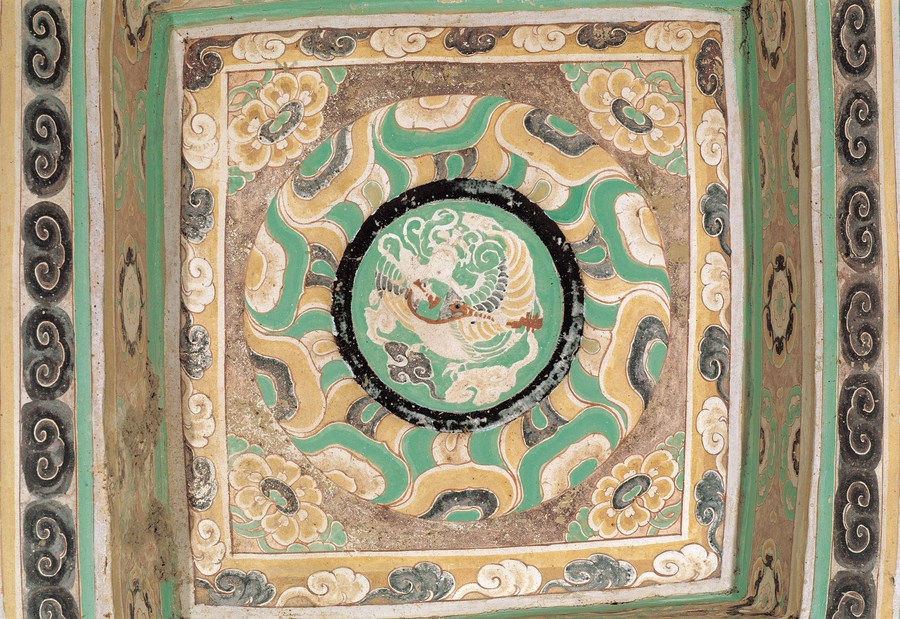Traditional Chinese culture a bridge between East, West -- scholar

Decorations are seen at the Chinese Lounge at the apartment Victor Hugo rented from 1832 to 1848 in Place des Vosges in central Paris, France, June 14, 2022. (Xinhua/Gao Jing)
"Traditional Chinese culture can serve as a bridge for mutual understanding between East and West," Argentine scholar Mercedes Giuffre has said.
BUENOS AIRES, July 21 (Xinhua) -- China's long, rich and multifaceted culture "can serve as a bridge" between the East and West to promote communication and understanding, Argentine scholar Mercedes Giuffre has said.
The professor of history at the National University of Mar del Plata said in a recent interview with Xinhua that she particularly values the fact that traditional Chinese culture, which she describes as one of the "mother civilizations" of the East, has lasted for over 5,000 years.
Chinese culture and civilization have demonstrated their durability through different dynasties, as each dynasty built on the previous one while also expanding Chinese culture, said the expert.
She added the culture of the Asian country has enjoyed durability due to its "exquisiteness." For example, this is manifested in Chinese furniture and Chinese porcelain, which garnered a lot of admiration and attention in the 17th and 18th centuries. Not to mention China's tea culture, through which China was able to increase its presence in the West.
"Traditional Chinese culture can serve as a bridge for mutual understanding between East and West," Giuffre said.
It is important for Latin Americans to be exposed to Chinese culture through different forms of art, including photography, literature, and translations or adaptations of television series and films, said the scholar, who studied in China in 1991 and has been invited to teach at Chinese universities since 2004.

This undated photo provided by the Dunhuang Academy shows the prototype of Jiayao, the official virtual cartoon figure of Mogao Grottoes, with a human upper body, wings, and a bird-like lower body, playing the Chinese musical instrument pipa, on the caisson ceiling of cave No. 360 of Mogao Grottoes in Dunhuang, northwest China's Gansu Province. (Dunhuang Academy/Handout via Xinhua)
Giuffre also highlighted the presence of traditional Chinese culture in works by Latin American authors, including distinguished Argentine writer Jorge Luis Borges.
Allusions to Chinese literature appear in Borges' works, such as in "Kafka and His Precursors," where he mentions a Tang Dynasty poet named Han Yu, she said.
Chinese influences on Borges are also evident in "The Garden of Forking Paths," which has references to "Dream of the Red Chamber" by Cao Xueqin in the middle of the 18th century during the Qing Dynasty.
"Interesting and varied elements of traditional Chinese culture show up in several of his works," Giuffre said.
In Borges' books "Manual of Fantastic Zoology" and "The Book of Imaginary Beings," the Chinese dragon appears as a majestic important being, said the expert, adding "the dragon is what most represents China."


